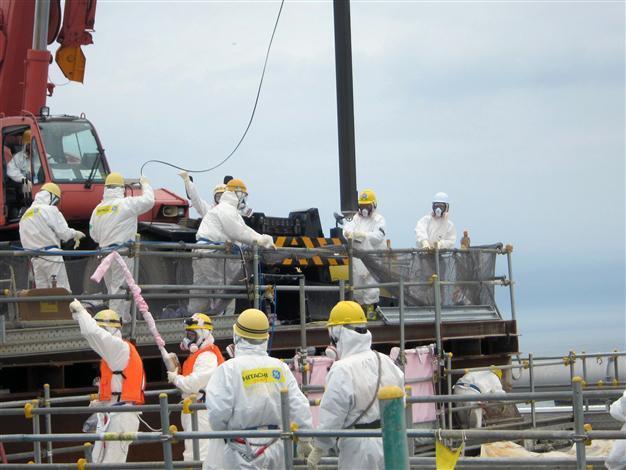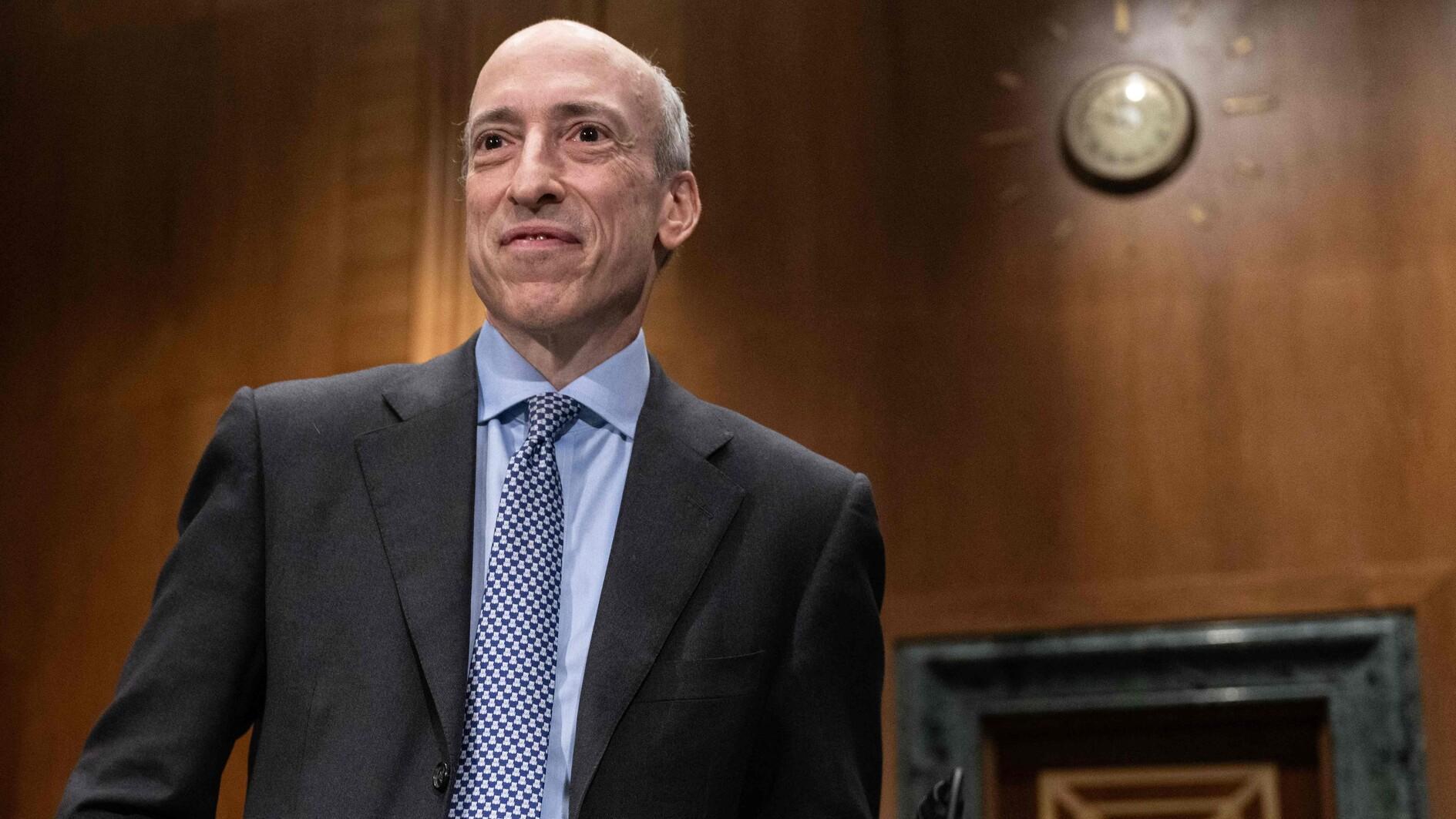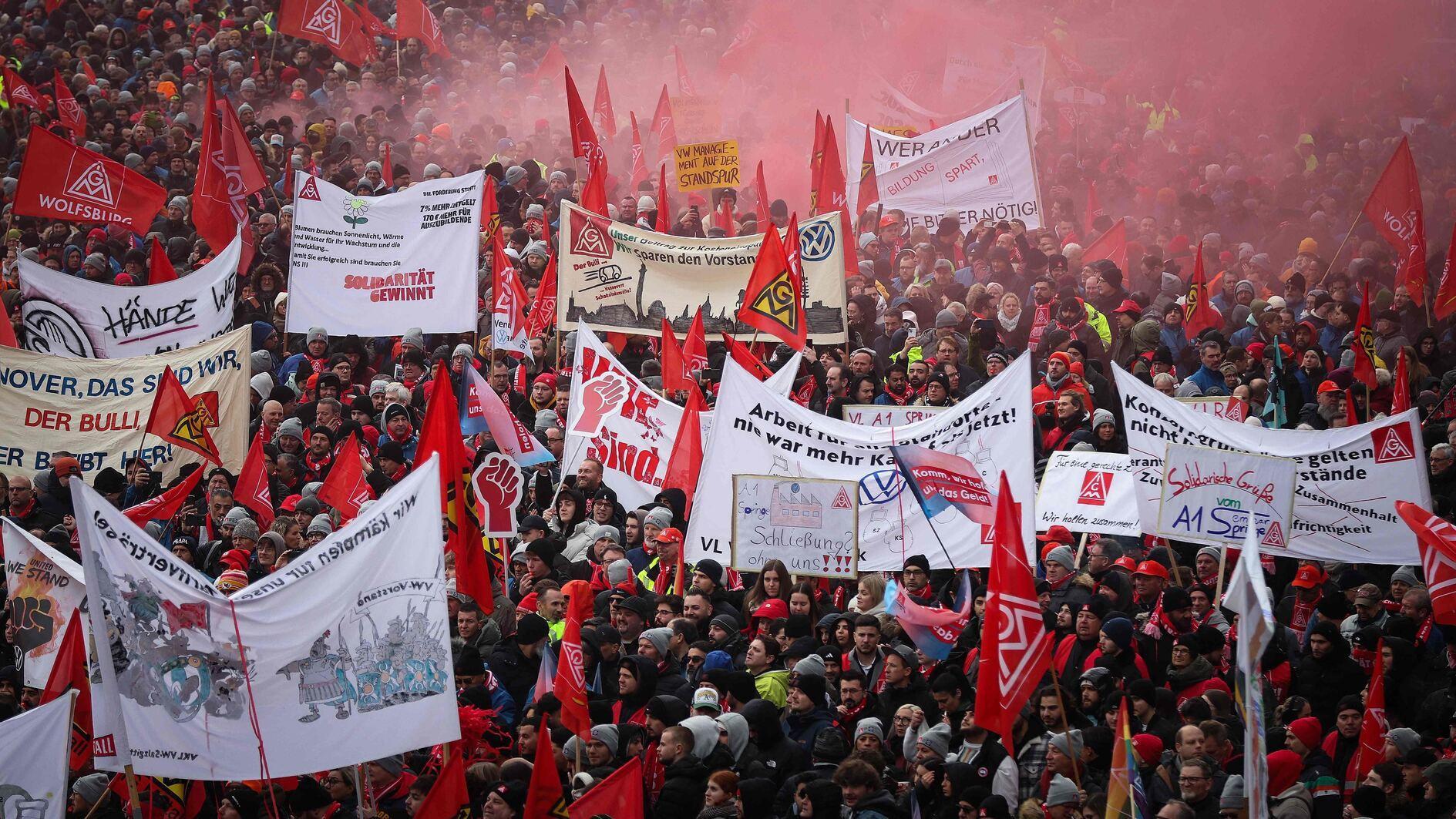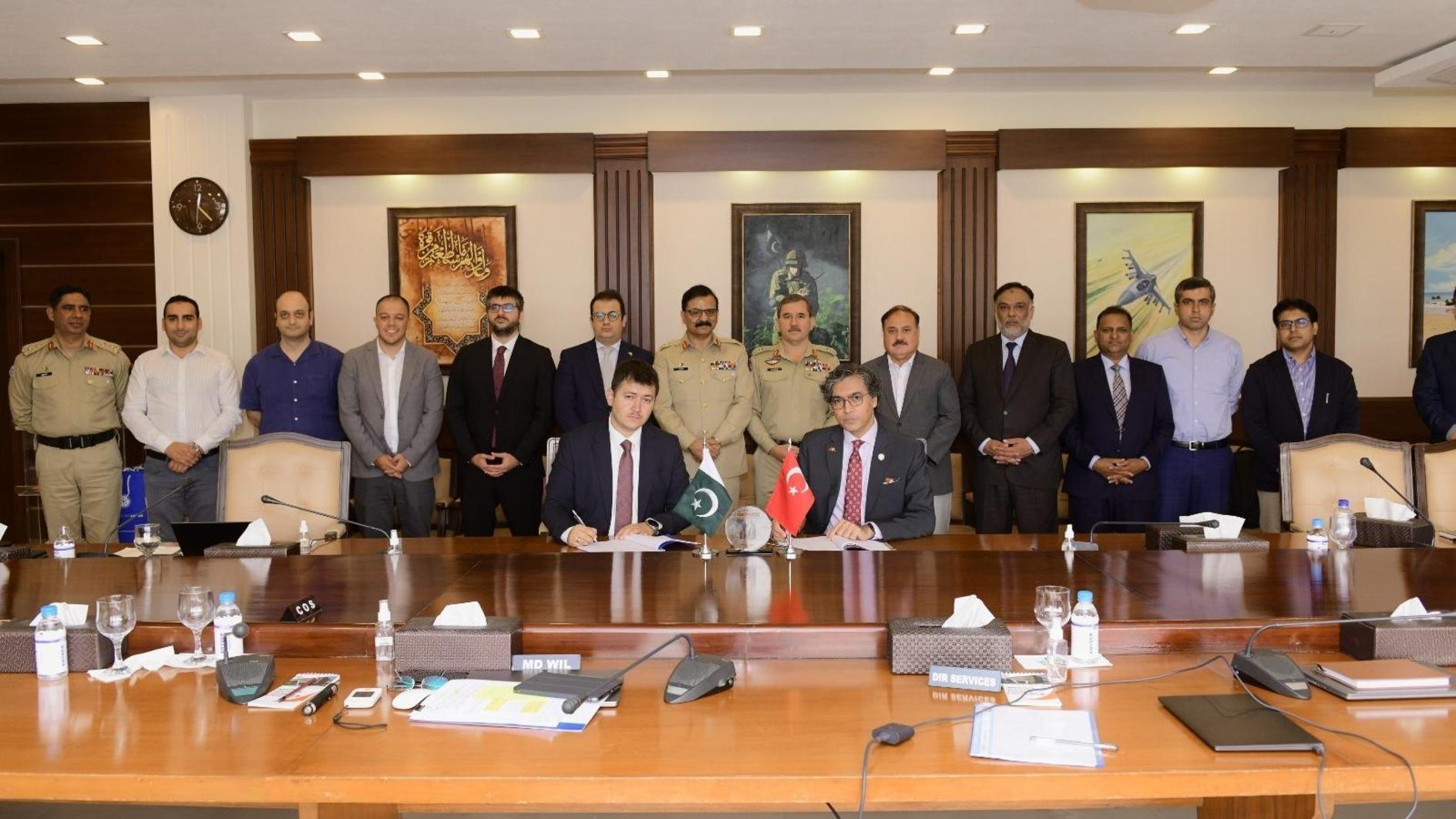Japan video shows delay in using seawater to cool meltdown reactor
TOKYO - Reuters

This file photo shows workers removing fresh nuclear fuel (black pole at C), for the first time since last year's tsunami-sparked crisis, from the spent fuel pool of the Unit 4 nuclear reactor building. AFP Photo
A Japanese nuclear power company hesitated before using corrosive seawater to cool the No. 2 reactor at the stricken Fukushima plant because it hoped it could be used again, video released by the company shows, contradicting official findings.The Fukushima Daiichi plant, run by Tokyo Electric Power (Tepco), was struck by an earthquake and tsunami on March 11 last year, crippling cooling systems and triggering fuel rod meltdowns and radiation leaks that led to mass evacuations and widespread contamination.
The video, one of dozens of fraught vignettes of officials and plant workers grappling with the world's worst nuclear disaster since Chernobyl in 1986, flies in the face of Tepco assertions that executives didn't delay in using seawater.
The grainy video clips, mostly without sound, provide a picture of the chaos that characterized the early phase of the disaster as workers used everything from car batteries to fire hoses to try to bring the reactors under control as radiation levels rose and explosions rocked the site.
"We think using seawater in a hasty way would be wasteful because materials will be corroded," an unidentified company official at Tepco headquarters in Tokyo is heard telling then plant manager Masao Yoshida two days after the quake.
"We don't have the option to use fresh water. That will cause further delays," Yoshida replies, e mphasizing there was no time to find enough fresh water to do the job.
They were referring to reactor No. 2. Of the three reactors to suffer fuel rod meltdowns, it was the only one managers hoped could be reused. They had already started using seawater to cool reactors Nos. 1 and 3.
Tepco on Aug 6 relented to pressure from the media and government and released 150 hours of footage taken from cameras installed in the control bunker at the plant, the company's headquarters and other locations. The videos were released after four inquiry teams, including Tepco's own, presented their final reports on the disaster, which led to the evacuation of 160,000 people from around plant, many of whom may never return.
"The explosion (of reactor No. 3) had the biggest impact. Afterwards we learnt it was a hydrogen explosion but at the time we thought something really terrible was happening and we would die," Yoshida said in an interview taped in July that was shown to overseas journalists for the first time on Monday.
List of those who stand behind
Yoshida, who stepped down as plant manager after being diagnosed with oesophageal cancer, said he asked staff left at the plant to deal with the crisis to write their names on a whiteboard in the operations centre.
"I wanted a list of those who stayed till the last," Yoshida said in the interview.
Tepco has denied any link between the radiation leak and the cancer.
One of the four inquiries found that Fukushima was a preventable disaster resulting from "collusion" between the government, regulators and Tepco. The inquiries also underline the lack of preparation by Tepco for dealing with a station blackout as occurred at Fukushima.
While the videos fail to shed light on these claims, they contradict assertions made by Tepco in its final report, which was released on June 20.
The footage shows executives knew early in the crisis that at least one of the three reactors that were operating before the disaster had probably gone into meltdown, something they wouldn't admit to publicly for two months.
Tepco also concluded in its report that Yoshida and other officials, including those at headquarters, carried out the seawater injection following appropriate procedures and didn't delay the exercise.
Japanese media have complained loudly about the limited disclosure of the video clips, some of which have been altered so that individuals speaking are not identifiable.
Only accredited journalists are allowed to view the videos at Tepco's head office in Tokyo on weekdays between 10 a.m. and 4 p.m. No sound or visual recordings are allowed, although a short edited version was released publicly by the company.
The Japan Newspaper Publishers and Editors Association has urged the utility to release all videos without restrictions.
The videos also fail to resolve a feud between then-prime minister Naoto Kan over whether Tepco had planned to abandon the Fukushima plant as the crisis risked spinning out of control.
Tepco has denied allegations by Kan, who resigned last year under heavy fire for his handling of the disaster, that it was planning to pull out all its staff.
One video shows Kan, shot from behind and gesturing, addressing headquarters staff on March 15, but with no sound.
Tepco has said one of its video recorders connected to the TV conference system had a technical glitch, an explanation Kan has said he found "unnatural".
















